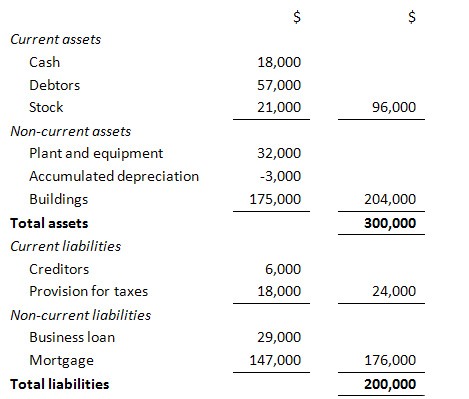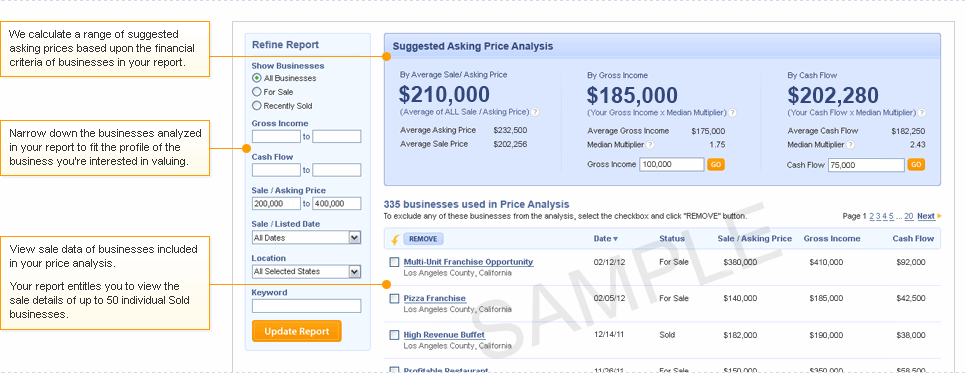Valuation of Businesses
Post on: 8 Май, 2015 No Comment

American Appraisal offers unparalleled experience in the valuation of business enterprises for mergers & acquisitions, financial reporting, tax, business restructuring, dispute resolution and litigation purposes.
Valuation techniques applicable for determining the value of a business enterprise or equity include:
- Discounted cash flow
- Comparable transaction multiples
- Comparable publicly traded company multiples
Other less frequently applied valuation techniques include the LBO methodology and option pricing models.
Depending on the size of the equity interest being valued and the type of company to which the equity interest relates, together with the valuation methodology employed and the nature of the data used to arrive at a preliminary valuation conclusion, it may be necessary to apply premia or discounts, as follows:
- Premium for Control
- Discount for Lack of Control (Minority Discount)
- Discount for Lack of Marketability (Liquidity)

Discounted Cash Flow (DCF) Valuation Approach
The DCF approach measures economic value through the analysis of future cash flows, rather than accounting-based indicators, which are subject to distortion by accounting conventions that may not adequately reflect the realities of investment markets. Since sophisticated investors define value in terms of cash flows, this approach is widely utilized in the finance community.
After establishing the cash flows to be used, the DCF approach typically involves:
- Estimating the terminal value of the business at the end of the explicit forecast period;
- Determining an appropriate discount rate to reflect the present-day value of money and risk; and
- Discounting the free cash flows and the terminal value to arrive at their present value.
The discount rate applicable to the free cash flows and the terminal value is usually the weighted average cost of capital (WACC). The WACC is an estimate of the overall after-tax rate of return required for equity and debt holders of a business. The WACC is computed by calculating a companys cost of equity and after-tax cost of debt. These two calculations are then weighted based on the companys target capital structure to conclude at the WACC.
Market Approach
The market approach involves capitalizing the earnings, or cash flows, of a business at a multiples that reflect the risks of the business and the stream of income that it generates. The multiple can be applied to a number of different earnings and cash flow measures, including EBITDA, EBIT or net profit after tax. These are referred to respectively as EBITDA multiples, EBIT multiples and net earnings multiples.
Application of the market approach involves:
- Estimation of earnings or cash flow levels that a purchaser would utilize for valuation purposes having regard to historical and forecast operating results, non-recurring items of income and expenditure and known factors likely to impact on operating performance; and
- Consideration of an appropriate capitalization multiple having regard to the market rating of comparable businesses, the extent and nature of competition, the time period of earnings used, the quality of earnings, growth prospects and relative business risk.
Selection of an appropriate earnings multiple is usually the most crucial element, requring a subjective assessment. Historic transactions, or even indicative offers, for a particular asset or business can provide reliable support for selection of an appropriate multiple. In the absence of such data, it is necessary to infer the appropriate multiple from other evidence.
The analysis of comparable transactions and equity market prices for comparable companies will not always lead to an obvious conclusion as to which multiple, or range of multiples, will apply. There will often be a wide range of multiples and the application of judgment becomes critical. Moreover, it is necessary to consider the particular attributes of the business being valued and decide whether it warrants a higher or lower multiple than the comparable companies.














